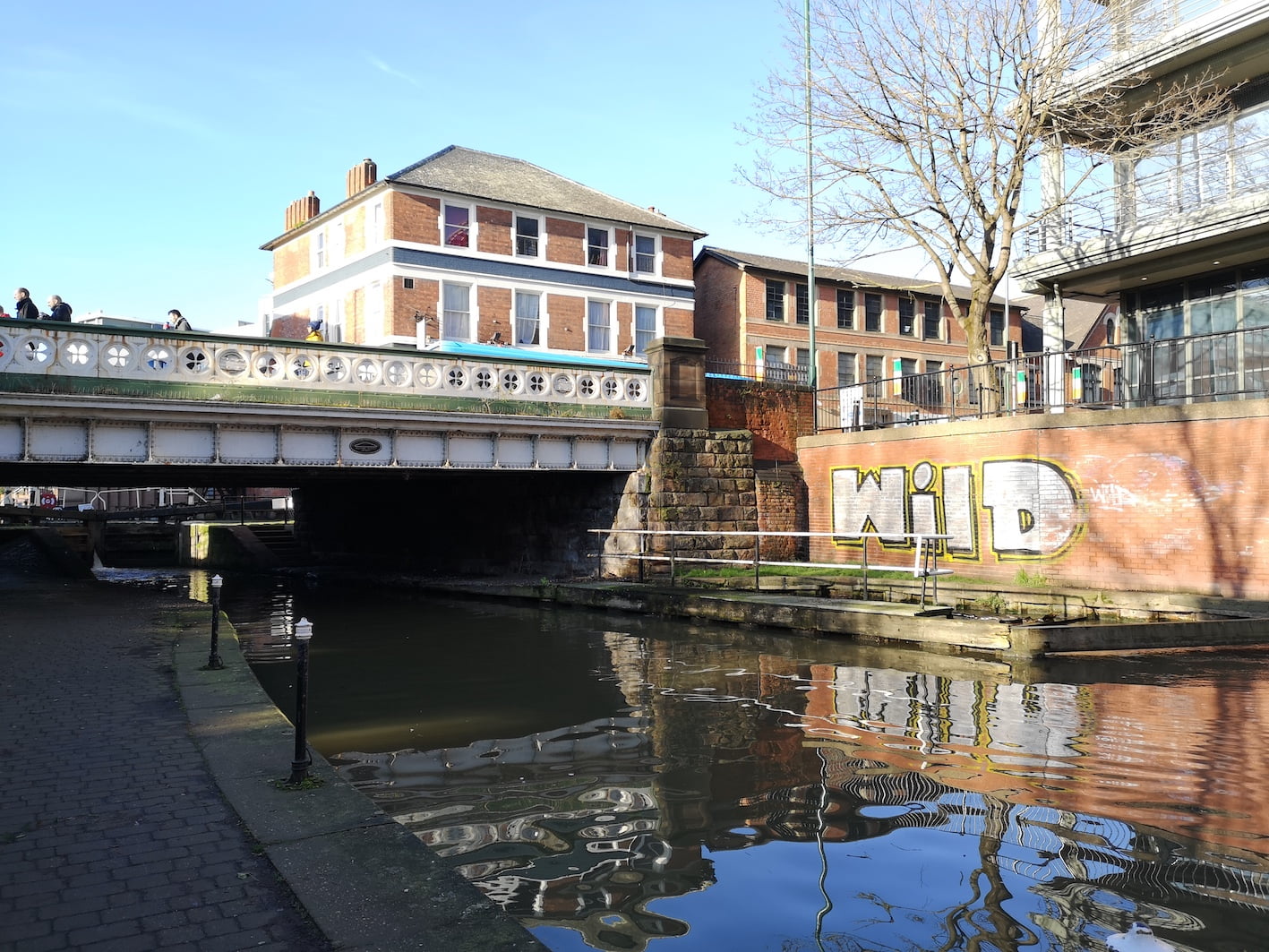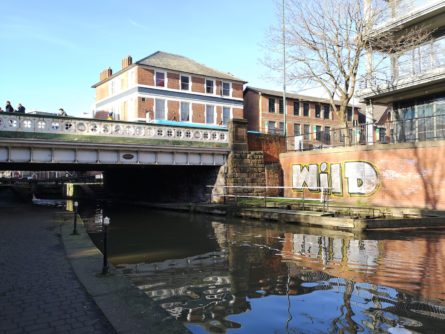HARRIS LAMB ENCOURAGES STRATEGIC THINKING TO PROTECT WATERWAYS FOLLOWING STUDY INTO ROAD RUNOFF POLLUTION
Harris Lamb has welcomed a new study that identifies road runoff pollution as a key source of damage to waterways and is calling for developers to think strategically and utilise natural barriers to reduce the problem.
The business’ Environmental team, which provides guidance and support to commercial and residential developers throughout the UK in respect to ecology issues, said that where new development was planned, a strategic approach to road layout plans and adequate natural buffers would help to reduce pollution and the long-term damage to the waterways.
Rob Harrison, senior ecologist at Harris Lamb, said: “This study is a breakthrough for the environmental sector. The Mayor of London, Environment Agency and Transport for London (TfL) funded the study, which was led by Thames21 and Middlesex University. It used numbers and types of vehicles to predict the amount of pollution deposited on roads and the degree of damage to our rivers.
“This pollution; spills of oil, diesel and petrol and particulates from tyres and brakes; enters the waterways, posing a significant threat to river health, killing fish and discolouring water – turning it black in some cases.
“While in the long-term, a move to electric vehicles will help to reduce the problem, toxins from tyre wear and braking systems will remain, and while improvements to public transport and a drive to encourage people to walk and cycle will play a key role in reducing the problem, this may take time and is not always going to be viable,” he said.
Rob said that the results of the study applied to other urban areas and highlighted key issues of road pollution that will need addressing when designing new development schemes.
“What developers can do with immediate effect is utilise the natural barriers available to them when planning road layouts around their plans. Buffers including plants and wetlands could be used to prevent run-off from reaching waterways and contaminating them, while having the dual benefit of providing valuable habitats for wildlife.
“This study will likely see such steps asked for by authorities considering proposals for new developments, so it is a fairly straight-forward case of applying the logic and learnings earlier rather than later when it comes to environmental considerations, and our team will be working with clients to provide recommendations for reducing road run off and design ideas that can be incorporated at an early stage,” he said.
Rob can be contacted at rob.harrison@harrislamb.com.

